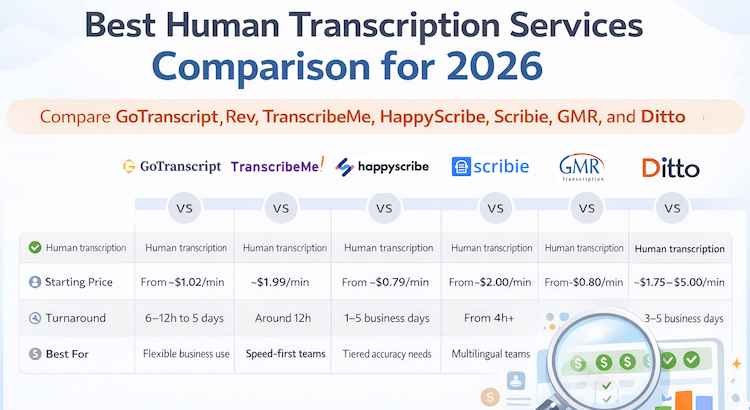Video is the top choice for content today because it is simple to create and share. As more people turn to video, it is important to know which video format to use. Different formats offer their own benefits and challenges. This guide explains the most popular video formats and how to pick the right one for your project.
The Most Popular Video File Formats
When creating or sharing videos, you will likely see several common formats. Each has unique features and works best for different needs. Learn about the most widely used video formats below.
AVCHD
- AVCHD stands for Audio Video Coding High Definition.
- Designed for high-definition (HD) video and high-resolution audio.
- Popular among the HDCAM family of cameras.
- Offers high picture quality, ideal for professional recordings.
- File sizes are larger compared to other formats.
AVI
- AVI means Audio Video Interleave.
- Acts as a container for audio, video, and subtitles.
- Well-suited for editing and playback on PCs and laptops.
- Loses almost no video or audio quality (lossless).
- Files tend to be large, which may slow downloads.
MP4
- MP4 stands for MPEG-4 Part 14.
- Extremely popular for online sharing and streaming.
- Compatible with all major video players, including YouTube and Facebook (Statista, 2023).
- Compresses files for easier storage without major loss of quality.
- Great for both mobile and desktop viewing.
MKV
- MKV stands for Matroska Video.
- Serves as a flexible container supporting many formats and codecs.
- Can store video, audio, subtitles, chapters, and metadata in one file.
- Works well for films needing multiple audio channels or subtitles.
- Some players may require extra codecs to open MKV files.
MOV
- MOV is created by Apple for use with its software, such as iMovie and Final Cut Pro X.
- Best choice for editing or exporting video on Mac systems.
- Offers sharp picture quality with smaller file sizes.
- Not all Windows or Linux devices support MOV without extra software.
WMV
- WMV stands for Windows Media Video.
- Created by Microsoft for use with Windows Media Player.
- Very common on Windows devices, but limited support on Mac or Linux.
- Files are smaller, making sharing fast and storage easier.
- Only contains video and audio; subtitles need to be added separately.
How to Choose the Right Video Format
The format you choose impacts video quality, file size, and compatibility. Here are simple tips to help you select the best video format for your workflow:
-
AVI: Great for trusted high-quality video on PCs and everyday use.
- Best for video editors or creators needing top audio and video clarity.
- Keep in mind: large file sizes may not suit online sharing.
-
MP4: The most versatile and widely accepted option.
- Works on almost any device or platform.
- Recommended for sharing videos on social media or streaming sites.
-
MOV: Ideal for Mac and Apple device users.
- Perfect for editing with Apple software while keeping file size low.
- If sharing with non-Apple users, consider converting to another format.
-
MKV: Top pick for movies and projects needing many media types.
- Supports multiple audio or subtitle tracks in one file.
- Audio quality may be slightly lower after compression.
-
WMV: Best for Windows PC users.
- Small file sizes make it easy to email or upload from Windows devices.
- Not always playable on Mac or Linux without extra steps.
Key Factors to Consider
- Where will you share the video?
- MP4 is best for social media and streaming.
- WMV works well for Windows emailing or presentations.
- What devices will viewers use?
- MOV targets Apple users, while MP4 suits all devices.
- Consider MKV for advanced needs, but check device compatibility first.
- Do you need to store extra information?
- MKV is best for chapters and metadata.
- AVI and MP4 handle basic audio and video.
- Is file size a concern?
- WMV and MP4 help keep file sizes in check.
- AVI and AVCHD can be much larger.
Extras for Your Video Workflow
After choosing the right format, you may need other services to polish your video and make it more accessible. Consider these helpful tools:
- Transcription services let you convert spoken words to text, making your video accessible.
- Closed caption services and subtitling services help reach wider audiences, including those with hearing loss or non-native speakers.
- Text translation services and audio translation service enable global reach.
- Automated transcription and AI transcription subscription options can save time for frequent users.
- Interested in costs? See clear transcription pricing and captioning services pricing.
Conclusion
There is no single "best" video format—it depends on your needs and your audience. Consider quality, file size, and where you'll share your video. Understanding the most popular formats like MP4, AVI, MOV, MKV, WMV, and AVCHD will help you choose better and save time.
For anyone needing complete video solutions—from transcription and captioning to automated transcription—GoTranscript offers reliable, affordable help for every video project. Visit their website to order transcription or order captions today.



















 Verified Order
Verified Order